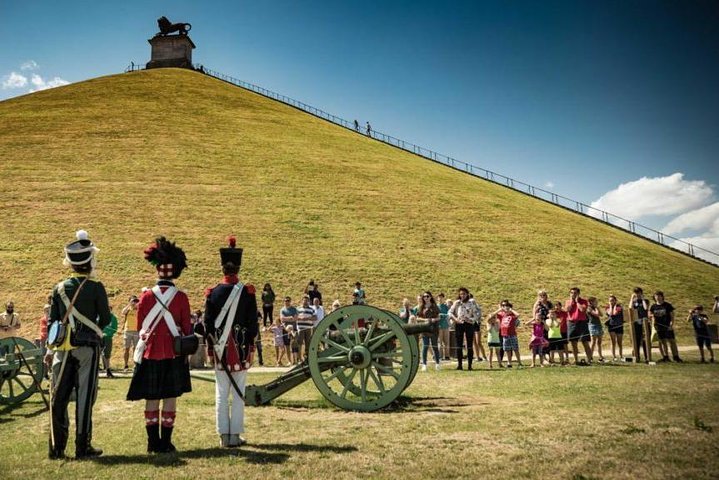Exploring the Storied Past of Belgium and Luxembourg: A Historian’s Journey
Drawn by the allure of history, I embarked on a tour through Belgium and Luxembourg, eager to explore the storied battlefields and cultural landmarks that define these regions. Join me as I recount my journey through time, from the fields of Waterloo to the vibrant streets of Luxembourg City.
A Journey Through Time: The Battlefields of Waterloo
As a former professor of European history, the opportunity to explore the historic battlefields of Waterloo was an irresistible draw. The tour began with a visit to the Musee de la Ferme d’Hougoumont, a site that played a pivotal role in Wellington’s defensive strategy during the Battle of Waterloo. The fortified farmhouse, with its weathered stone walls and lush surrounding fields, seemed to whisper tales of the past. Our guide, a knowledgeable historian, painted vivid pictures of the troops’ movements and the intense skirmishes that unfolded here on June 18, 1815.
Standing atop the Butte Du Lion, the Lion’s Mound, I was struck by the panoramic view of the battlefield. The monument, a tribute to the Allied victory over Napoleon, is a powerful symbol of resilience and unity. The lion, poised as if eternally roaring towards France, serves as a reminder of the battle’s far-reaching impact on European history. This site, with its blend of natural beauty and historical significance, is a must-visit for anyone with a passion for history.
Our journey continued to Plancenoit, a charming village near the battlefield. The La Bachée B&B, a stunning example of Brabant architecture dating back to 1721, offered a perfect blend of ecotourism and cultural exploration. The village’s serene atmosphere provided a stark contrast to the tumultuous events of the past, allowing for reflection and appreciation of the region’s rich history.
The Somber Beauty of Flanders Fields
The next leg of our journey took us to the hauntingly beautiful Flanders Fields, a site synonymous with the horrors of World War I. As we traveled through the serene Belgian countryside, our guide recounted the stories of the soldiers who fought and fell in the Ypres Salient. The Tank Memorial at Poelkapelle and the Saint Julien Memorial, with its poignant depiction of a brooding soldier, served as powerful reminders of the sacrifices made during the war.
Walking through the Essex Farm Cemetery, I was moved by the rows of white headstones, each marking a life lost too soon. It was here that John McCrae penned the iconic poem “In Flanders Fields,” forever linking the poppy to remembrance. The nearby bunkers, once used as dressing stations, offered a glimpse into the harsh realities faced by those on the front lines.
Our visit to Hill 60, a battlefield known for its underground warfare, was particularly striking. The landscape, scarred by craters and trenches, told a silent story of the fierce battles that took place here. The Tyne Cot Cemetery, with its endless rows of graves and the Tyne Cot Memorial to the Missing, underscored the immense human cost of the war. As we stood before the Menin Gate Memorial in Ypres, the names of thousands of missing soldiers etched into its walls, I felt a profound sense of gratitude and respect for those who served.
Discovering the Cultural Riches of Luxembourg and Dinant
Our final day was spent exploring the cultural treasures of Luxembourg and Dinant. In Luxembourg City, we marveled at the Grand Ducal Palace, a stunning blend of Renaissance and Baroque architecture. The Cathedrale Notre-Dame, with its intricate Gothic elements, was a testament to the city’s rich religious heritage. As we wandered through the Neumünster Abbey, now a vibrant cultural center, I was reminded of the enduring legacy of the Benedictine monks who once called this place home.
The journey back to Brussels included a stop in Dinant, a picturesque town nestled along the Meuse River. The Citadelle de Dinant, perched high above the town, offered breathtaking views of the surrounding landscape. The Maison de Monsieur Sax, a museum dedicated to the inventor of the saxophone, provided a delightful glimpse into the town’s musical heritage.
This tour, a seamless blend of history, culture, and natural beauty, was an unforgettable experience. For those who share my passion for exploring Europe’s storied past, I highly recommend embarking on this journey through Belgium and Luxembourg. Explore Historic Cities























